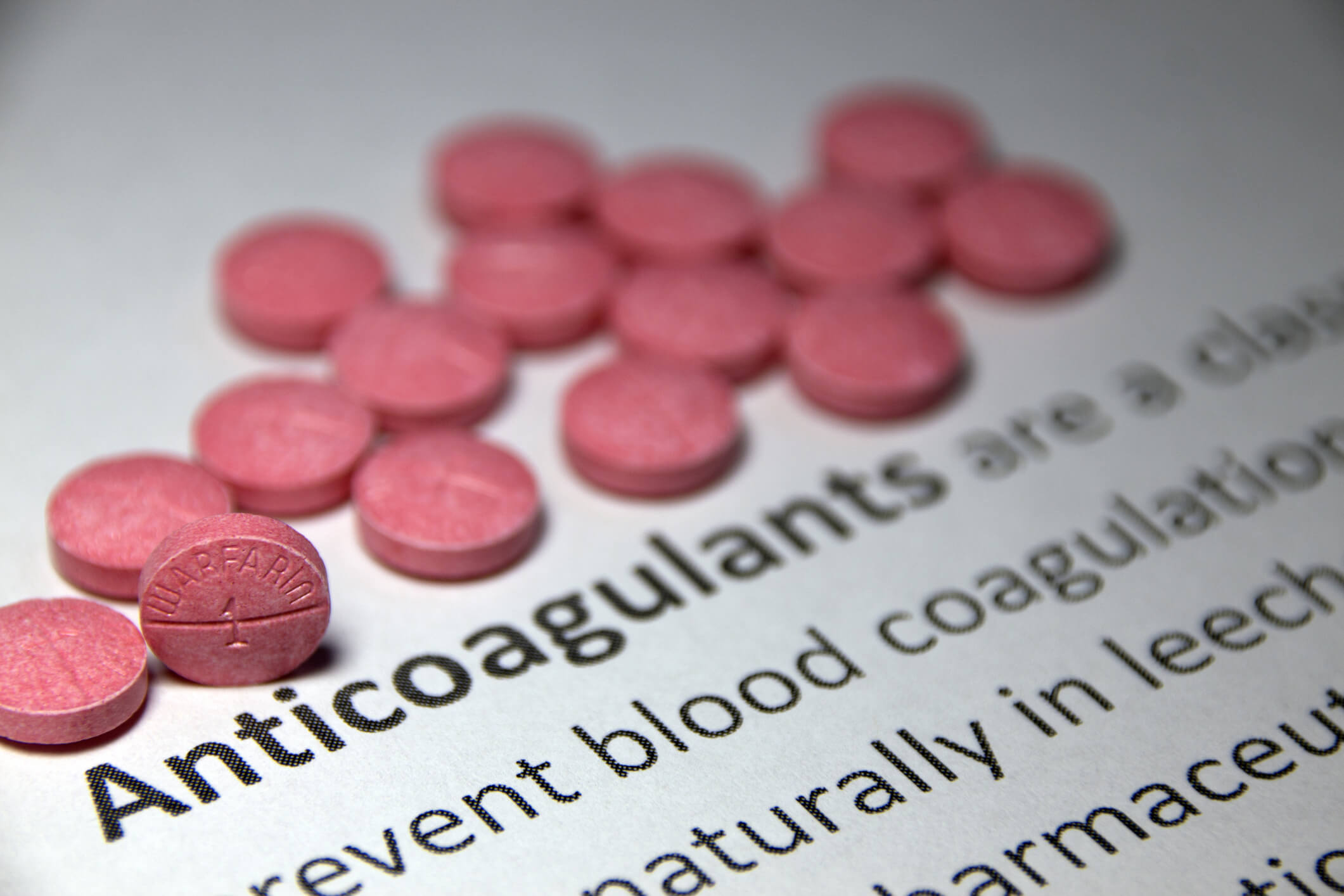
There are a few different medicines which are commonly – and wrongly – described as ‘blood thinners’. The two main types are those which stop the blood coagulating (i.e. Warfarin, Apixaban, Edoxaban, Rivaroxaban) and those which stop platelets clumping (i.e. Aspirin & Clopidogrel).
What is important before travelling to altitude is having a good understanding of why the medicines have been prescribed. Most commonly they are given to people with an increased risk of heart attack or stroke and for people who may be at risk of forming blood clots in their lungs or legs.
As the body goes to higher altitude, there is less oxygen. The heart has to pump harder to get enough oxygen to the rest of the body and the blood pressure rises. This will increase the risk of heart attack or stroke. It also means that injuries which bleed will be even more difficult to stop than at home.
As the body acclimatises the blood will get thicker (more red blood cells). It usually takes several weeks (over 1 month?) at altitude before any changes are noticed.
Altitude also slows healing processes. This means that any bleeds will take longer to heal.
If visiting areas where travellers diarrhoea, consider what could happen if tablets are poorly digested for a few days.

